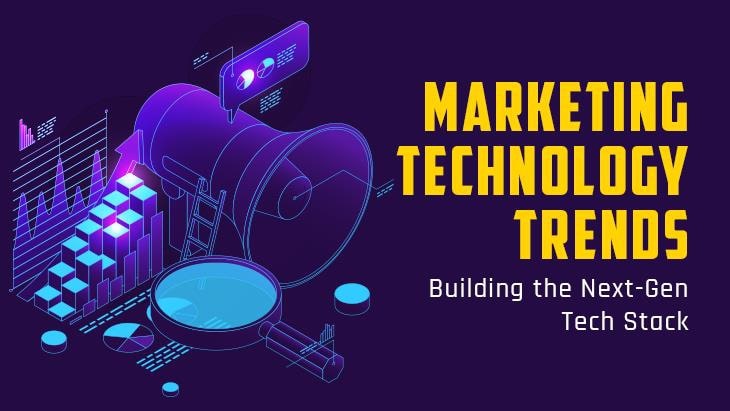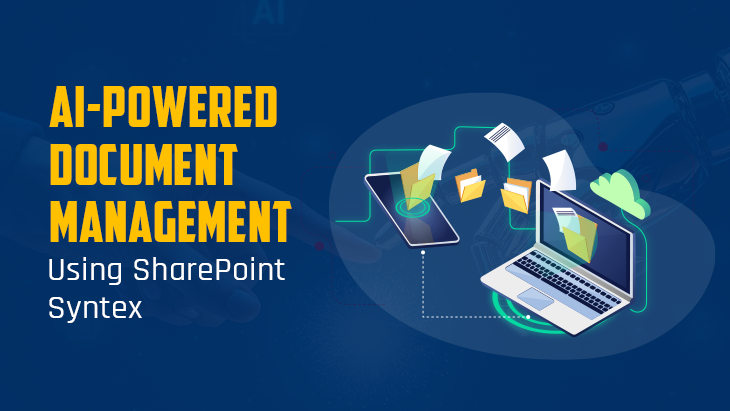Machine Learning is a hot topic in the industry, with new algorithms developed all the time. To offer a constant learning path for enthusiasts who are new to the field or the core concepts, let us look at the essential Machine Learning algorithms every Data Scientist should know.
What is the result of successfully applying a machine-learning algorithm to analyze data?
In Machine learning, algorithms are mathematical and logical programs that adjust themselves to perform better, i.e., when exposed to more data, they change how they process data over time.
One of the most critical steps in the industry is to choose the correct algorithm for your problem statement because Machine Learning algorithms can predict patterns and find insights based on previous experiences. These algorithms find repeatable and predictable ways that algorithms can apply to various problem statements. As a result, there would be a predictive model that the application can use to make decisions and predictions. If applied correctly, the algorithm can use them to make critical decisions in medical diagnosis, stock trading, and energy load forecasting, and many more applications.
Here are top Statistical algorithms for data science enthusiasts to offer an overview to build upon your Machine Learning knowledge and skills:
1) Linear Regression: In statistical modelling, linear regression analysis is a set of statistical processes to determine the linear function that can calculate the relationship between a dependent variable and one or more independent variables, i.e. the single output variable from a linear combination of the input variables. It is mainly used when we want to predict a variable whose value is based on the output variable which is the variable we want to predict.
2) Logistic Regression: Logistic regression is the logistic model used to find the probability of a binary dependent variable such as pass or fail, win or lose, healthy or sick, or it can be extended to determine whether an image contains a cat or a dog. It is used when we want to obtain ratio of odds in the presence of more than one variable, and the result is the impact of each variable on the odds ratio of the observed event of interest.
3) SVM: Support Vector Machine is a supervised learning model that uses data classification algorithms for two-group classification problems. They use associated learning algorithms that analyze data for classification and regression using labelled training data for each category. SVM is mainly used for classification problems of image recognition when you want to classify the image to recognize the name of a class.
4) Decision Trees: A decision tree is a tree-like model of decisions and possible consequences used to visually and explicitly represent decisions and decision making. In a decision tree, the nodes represent data, and the leaves of the tree represent the decisions. Decision trees help determine the course of action and use tree-like structures to map out the answers to a complex problem.
5) KNN: K-Nearest Neighbours is a supervised learning algorithm that uses data with several classes to predict the classification of the new sample point, and KNN can use it to solve both classification and regression problems. The KNN algorithm calculates the similar features between an input sample and each training instance. It is considered a simple, non-parametric, and lazy-learning algorithm because it has a significant drawback of becoming significantly slow as the size of the dataset increases.
6) Random Forest: Random Forest algorithm operates by constructing a multitude of decision trees at training time and outputting the class that is the /mean/median/mode of predicting the individual trees and can be used for classification and regression problems. Random forests are an ensemble learning method and are also called random decision forests because they consist of many decision trees.
7) K-Means Clustering: K-Means clustering is a type of unsupervised learning algorithm used to find groups in the data by partitioning n observations into k clusters. Each statement belongs to the collection with the nearest mean, and data points are clustered based on similar features. It is used when we have a dataset without defined categories or groups, and we have to solve the clustering problem.
8) Naive Bayes: Naive Bayes belongs to the family of probabilistic classifiers (collection of classification algorithms based on Bayes Theorem) and uses the Bayes theorem to predict the probability of different classes based on various attributes. They have strong independence assumptions between the features and are primarily used in text classification and problems having multiple levels.
Summary
In today's article, you discovered Statistical algorithms for data science. First, we saw the importance of successfully applying a machine-learning algorithm to analyze data. Then we saw a gentle introduction to the different types of algorithms that you may encounter in the field of Machine Learning.
If you have any questions, comment on them below, and we will try our best to answer them.
















Post Comments